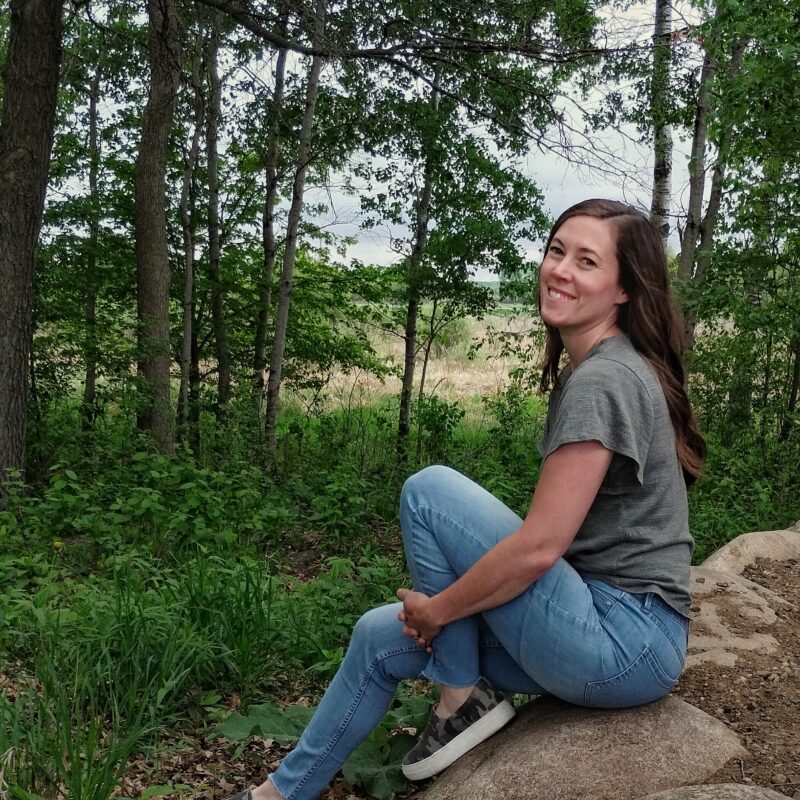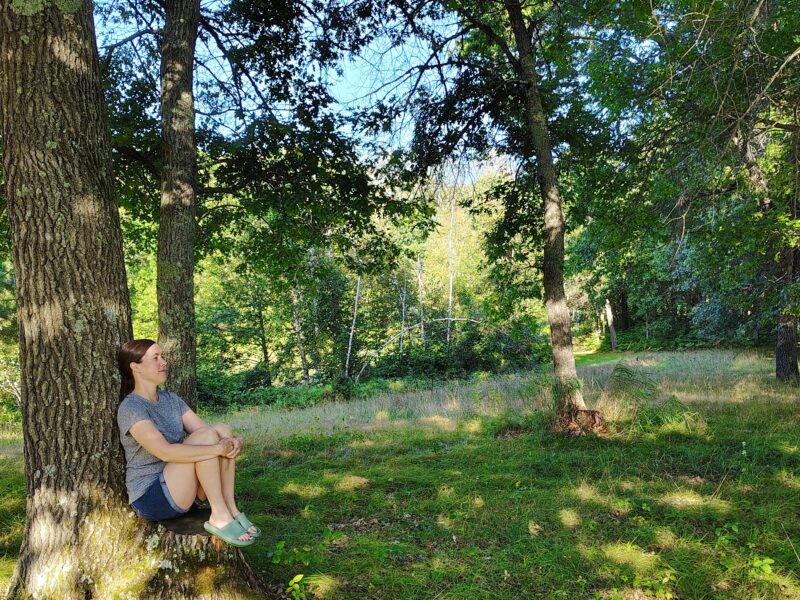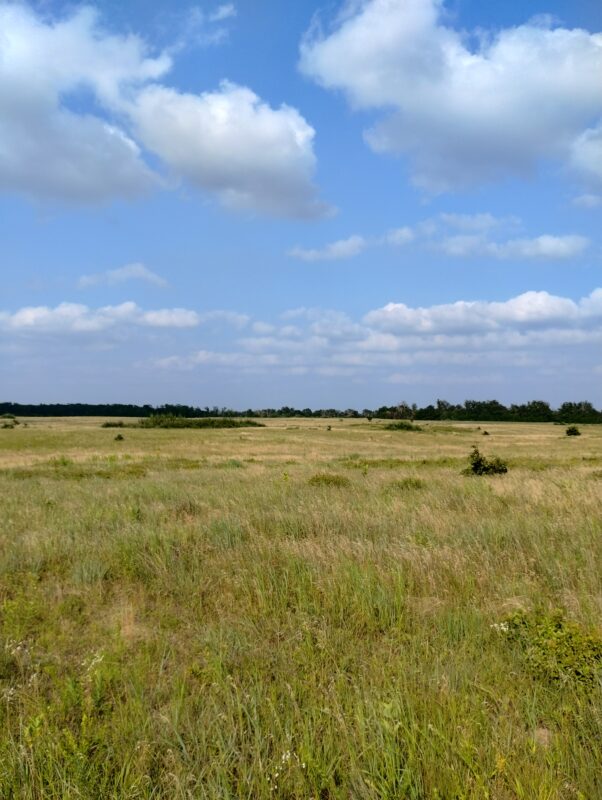
Written by Allison Jurek, Upstream Care for Place Fellow
We each have our perceptions of what a place is, what makes it special, and what that place might need from us. But how is it that we truly come to know a place? Just as when we come to know a person, we build a story from experiences together with place. Despite what reality television depicts, it’s not so easy to greet a stranger at your door and instantly have the desire to deeply care and tend to that person. To care for a person first, you must come to know them and create your story. Coming to care and tend for a place is no different.
Our ways of coming to know a place have evolved. There was a time when we connected to place through stories. Crafting sentences into experiences and painting pictures with our words. We then acquired the ability to share images of our explorations, sharing with others a tactile form of proof of the awes and wonders beyond. Today, we travel efficiently via our preferred choice of transportation to all ends of the world. We capture images previously left to the likes of a Ken Burns film crew with a single drone controlled at our fingertips. Whatever tips we need to get there are a Google search away and whatever gear we might need is a click from being delivered to our front door.
I can’t help but wonder, have we forgotten the stories? Do we truly know these places? How are we connected to them? Not to mention, how the content of our stories has changed. Volumes of poetry, prose, and essays inspired by the solitary walks and explorations of Thoreau, Whitman, and Muir have given way to shorts, reels, and TikTok mere seconds long. If I so choose, over my thirty-minute lunch break, I can view digital content that takes me to the most breathtaking places across my state, country, continent, or even the world. Yes, this is an amazing form of storytelling, and yes, this brings places to me that I could otherwise only dream of visiting. But as I turn the screen back to black, I can’t help but begin to wonder and questions start to fill the space in my mind that was just moments ago filled with those breathtaking images. I question how the speed and ease with which we can experience a place makes us feel. I’ll be honest, it can sometimes leave me feeling very small. There are endless libraries of digital feeds, millions of photos and videos and I wonder what have I done, where have I been? It can feel utterly unattainable to do what others have.

Is that what I want my story of place to be anyway? Globe trotter would not fall onto the list of my personality traits. I’ve always been a homebody. The times I have drifted afar, I have always felt a longing to return home. There is something about the Minnesota landscape that I am deeply connected to and comforted by. I don’t have to travel the globe, buy expensive gear, and record it all on video in hopes of getting millions of views. After all, that’s not me and that’s not my story. I am a Minnesota girl and this place still seems so big to me. I can stand among the red pines here and feel small, but not in the insignificant way previously mentioned. I feel in awe; I feel safe and held as though in the arms of a magnificent, gentle giant.
Feeling connected to a place in this way is why I became a certified nature and forest therapy guide. To allow a remembering of the stories we each hold for this place, different and often deeply personal to the individual. To offer an opportunity for others that allows for experiencing the natural world simply. I believe that there is awe and beauty in our backyards and our local parks; in a single tree or flower bloom. We can experience these places with intimate, simple and quiet intentions. Forest therapy, also referred to as forest bathing, is an immersive sensory experience that allows one to connect to a place in exactly these ways.
I invite you to think back, I’m willing to bet you hold a memory from a different time. A memory of a place you experienced that involved sensory exploration. We are good at this as children. Running barefoot in the grass, squishing mud between toes, plucking delicate petals one-by-one from a flower, feeling a worm squirm on the palm of a hand, scraping a knee while climbing a tree. Forest bathing offers an opportunity to reconnect us to place through intentional, mindful, sensory invitations that are reminiscent of how we explored uninhibited as children. This is a practice that requires slowing down and simply just being. It is through this exploration that one truly comes to know a place. Not only the scents, the sounds, the textures, the tastes, and the sights of that place but the beings, the more-than-human life, that inhabit that place. We are not just merely passing through, we are fully present. Forest bathing is not a first date; it is reconnecting with a long-lost love. An opportunity to connect with a place in this way creates the desire to care and tend to it because we not only know it, we are in love with it. Love drives us to protect and defend. Over time, we might even gain a greater understanding of what that place needs from us, from the human world, as we begin to take note of the diversity of life and how our presence impacts it.

So, rekindle the flame. Find a local forest bathing guide and remember the story of why you love this place. Whether you are reintroducing yourself to Minnesota’s landscapes or coming to know this place for the first time, this remembering and knowing will inspire your own care for place story. You’ll find me at Sherburne National Wildlife Refuge guiding forest bathing walks among the over 30,000 acres of Minnesota prairie and woodlands. Minnesota is home to 14 National Wildlife Refuges where access to the land, wildlife viewing and events are always free.
RELATED: Growing Up Outdoors: Allison Jurek’s Minnesota Memories and the Gift of Nature
What’s Your Upstream Story?
We share stories of stewardship written by and about Minnesotans like you! Share your story here.